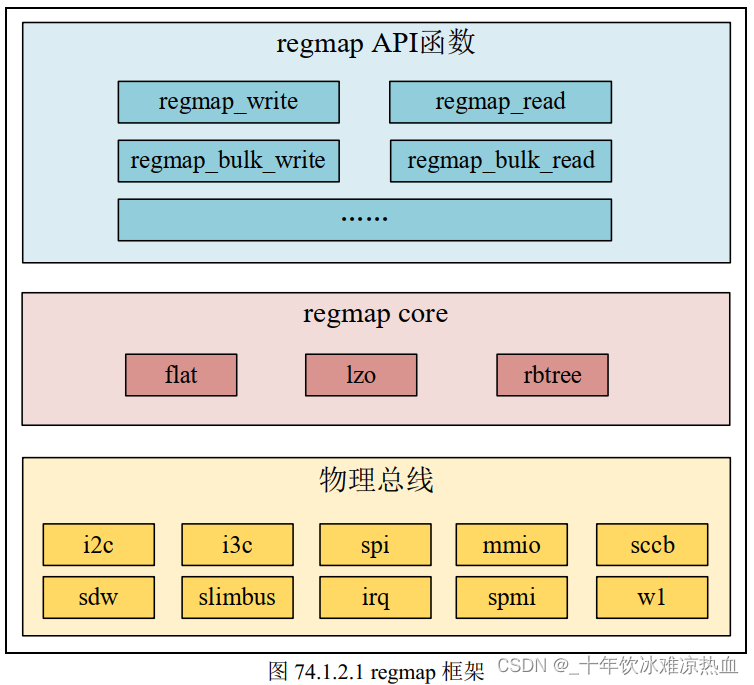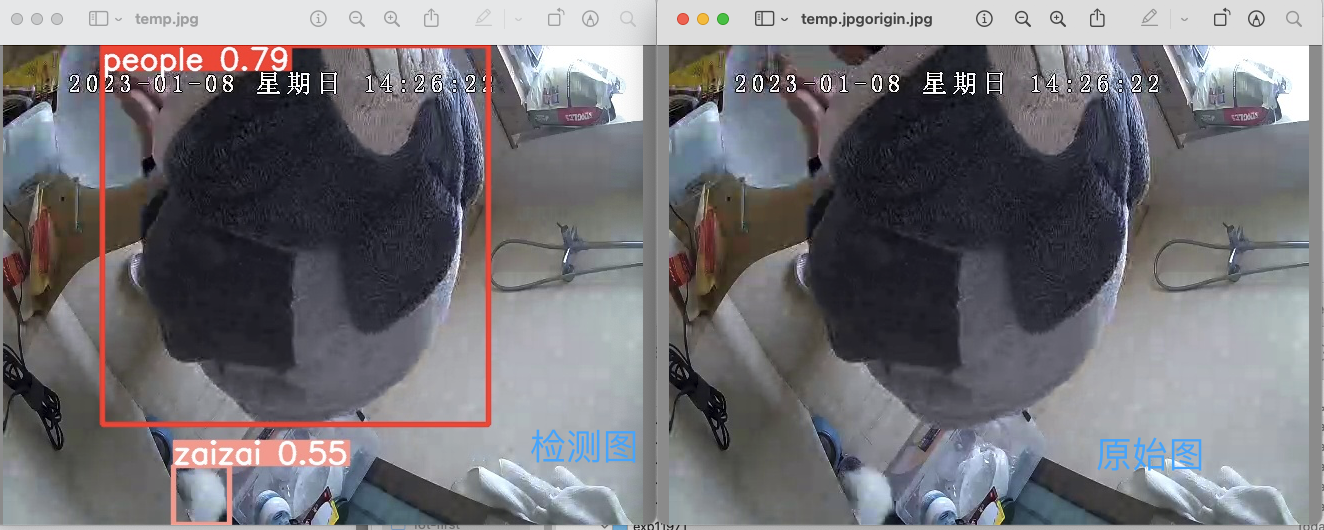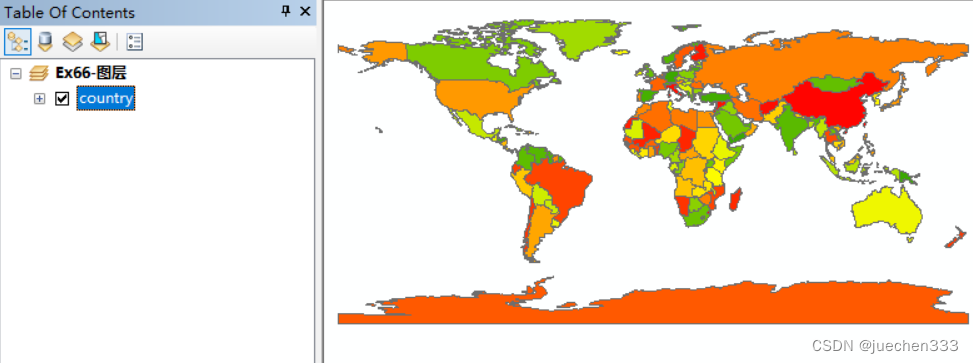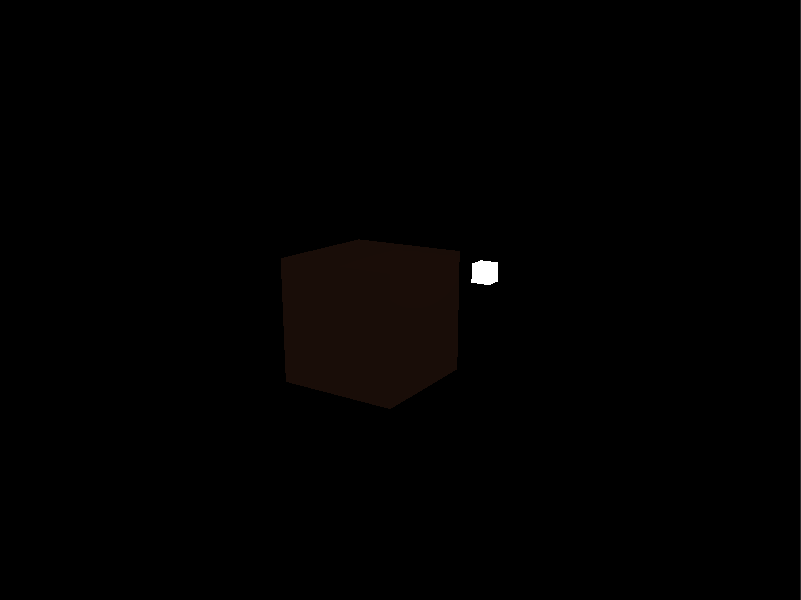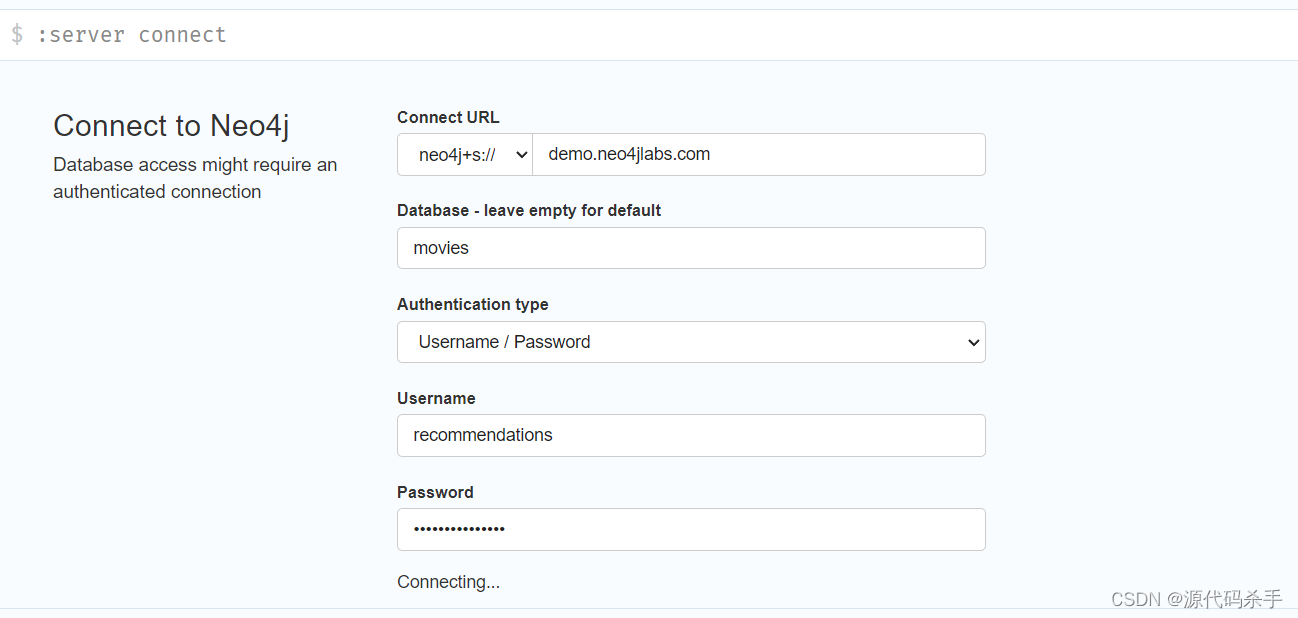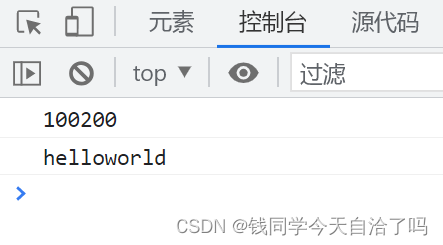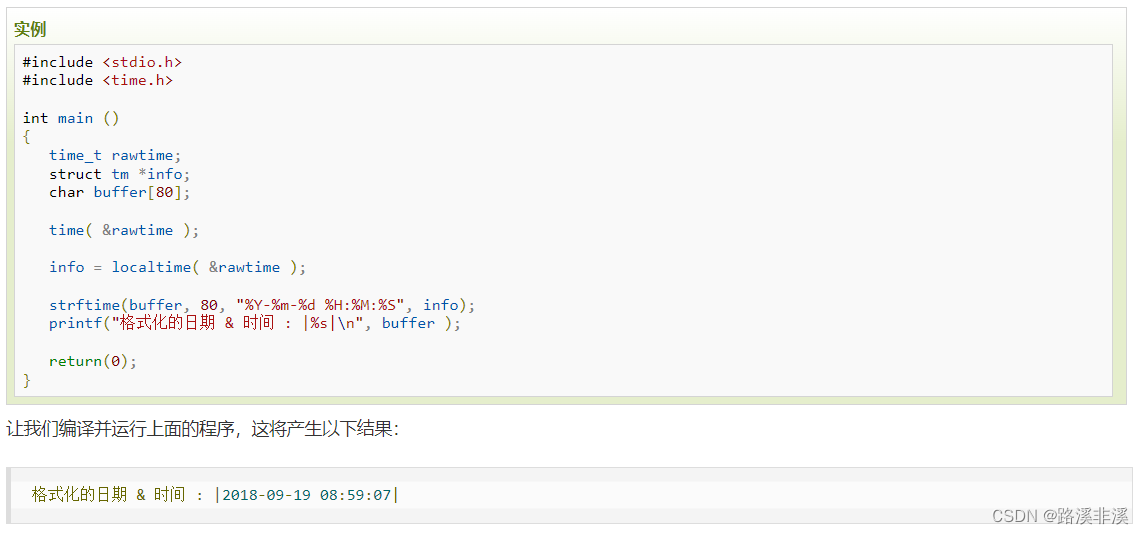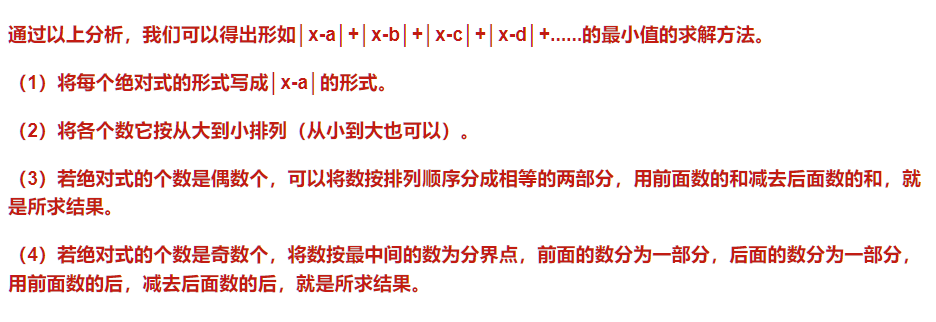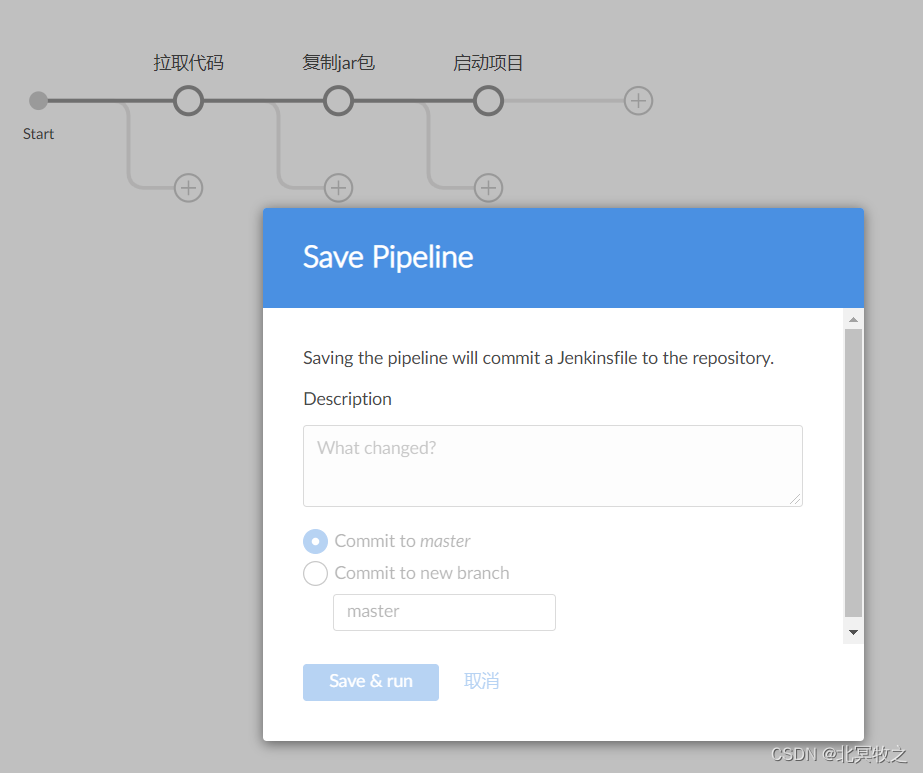目录
- 一、背景介绍
- 二、思路&方案
- 三、过程
- 过程图一
- 过程图二
- 过程图三
- 过程图四(运行时的图)
- 代码
- 四、总结
- 五、升华
一、背景介绍
上篇"自定义注解和注解解析器",通过小例子介绍了自定义注解的运用;本篇继续基于小例子来实现工厂方法,以及注解实现工厂方法
二、思路&方案
- 1.米老师依赖何老师;强耦合的依赖关系图
- 2.米老师依赖何老师;通过Class实现弱耦合的依赖关系图
- 3.米老师依赖何老师;通过工厂方法实现自动化的弱耦合的依赖关系图
- 4.米老师依赖何老师;通过注解替换工厂方法实现自动化的弱耦合的依赖关系图
三、过程
这里的前几个过程就不符代码了,请读者自行补充;只附上第四版,通过注解替换工厂方法实现自动化的小例子
过程图一

过程图二

过程图三

过程图四(运行时的图)

代码
package oldMark7_Anotation_v1;
/**
* 1.每个类调用的时候,通过判断注解来进行反射对象
*
* 2.注解中的参数,可以通过配置文件获取(注解中的参数,可以当做类的一个属性,然后获取配置文件中的值)
*/
public class Client {
public static void main(String[] args){
Notice notice = new Notice();
notice.send();
}
}
package oldMark7_Anotation_v1;
public abstract class Executant {
public String name;
public String getName() {
return name;
}
public void setName(String name) {
this.name = name;
}
public abstract void OpenDoor(Executant executant);
}
package oldMark7_Anotation_v1;
public class Helaoshi extends Executant {
public Helaoshi(String name) {
this.name = name;
}
public Helaoshi(){}
public void OpenDoor(Executant executant){
this.privateOpenDoor(executant);
}
private void privateOpenDoor(Executant executant){
System.out.println("我是"+this.name+",我去开门了!");
}
}
package oldMark7_Anotation_v1;
public class Milaoshi extends Executant {
public Milaoshi(String name) {
this.name = name;
}
public Milaoshi(){}
private void privateOpenDoor(Executant executant){
System.out.println(this.name+"调用"+executant.getName()+"开门的方法");
executant.OpenDoor(executant);
}
public void OpenDoor(Executant executant){
this.privateOpenDoor(executant);
}
}
package oldMark7_Anotation_v1;
import java.lang.annotation.ElementType;
import java.lang.annotation.Retention;
import java.lang.annotation.RetentionPolicy;
import java.lang.annotation.Target;
@Target(ElementType.FIELD)
@Retention(RetentionPolicy.RUNTIME)
public @interface MyResource {
String packageName();
}
package oldMark7_Anotation_v1;
import java.lang.reflect.Field;
public class MyResourceExplanationFactoryImpl {
public static void createBean(Object object){
createBeanPrivate(object);
}
private static void createBeanPrivate(Object object){
try {
//1.获取传进来的对象的类模板
Class<?> clazzObj = object.getClass();
Field[] fields = clazzObj.getFields();
for (Field field:fields) {
if(field.isAnnotationPresent(MyResource.class)){
String packageName = field.getAnnotation(MyResource.class).packageName();
Class<?> clazz = Class.forName(packageName);
Executant executant = (Executant)clazz.newInstance();
field.setAccessible(true);
field.set(object, executant);
}
}
}catch (Exception e){
e.printStackTrace();
}
}
}
package oldMark7_Anotation_v1;
//ui意识、无限思维-面向对象
public class Notice {
//将packageName这个参数进行io传递(提示是否要传递,自动延时XX秒,提示是否需要修改配置文件;)良好的interface friend设计
@MyResource(packageName = "oldMark7_Anotation_v1.Milaoshi")
public Executant milaoshi ;
@MyResource(packageName = "oldMark7_Anotation_v1.Helaoshi")
public Executant helaoshi;
public void send(){
this.privateSend();
}
private void privateSend(){
MyResourceExplanationFactoryImpl.createBean(this);
milaoshi.setName("米老师");
System.out.println(milaoshi.hashCode());
System.out.println(milaoshi.toString());
helaoshi.setName("何老师");
milaoshi.OpenDoor(helaoshi);
}
}
四、总结
- 1.通过一步步的变化更加认识到变化规律的重要性,使其显得行云流水
- 2.图对代码,代码配合图的方式强化了宏观
- 3.图中的布局,也是一种宏观的彰显
- 4.通过刻意练习来刻画自身通过规律提升想象力的能力
五、升华
本次变化摸索其中的规律,以及结合需求达到每一次变的效果,通过这样的训练可以达到知晓过去通晓未来的神奇。
